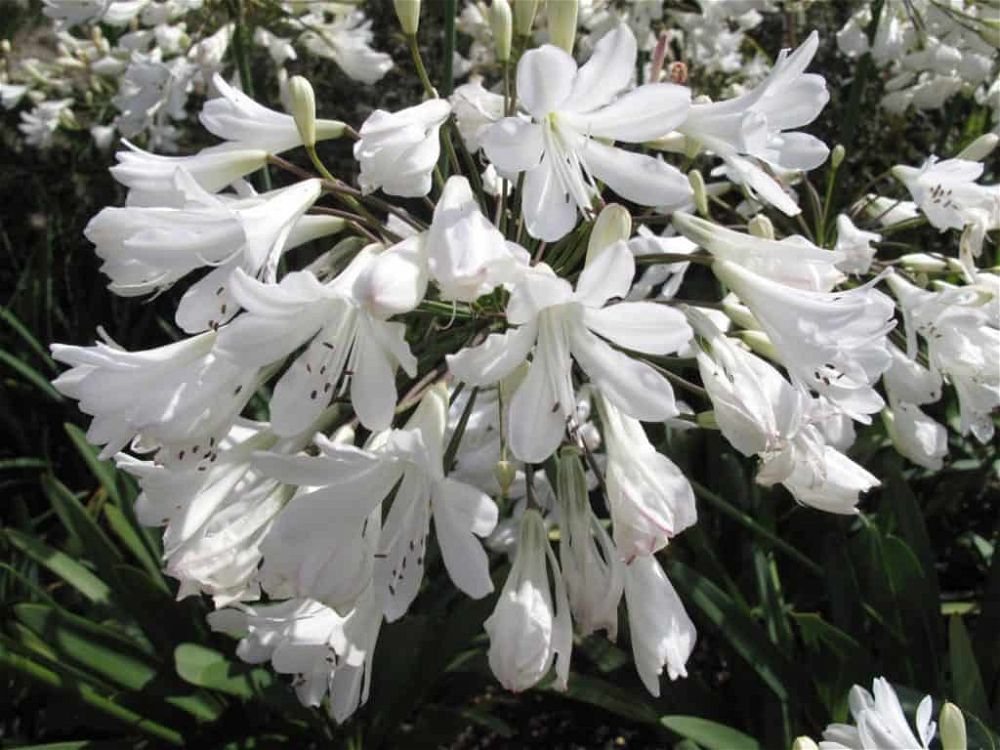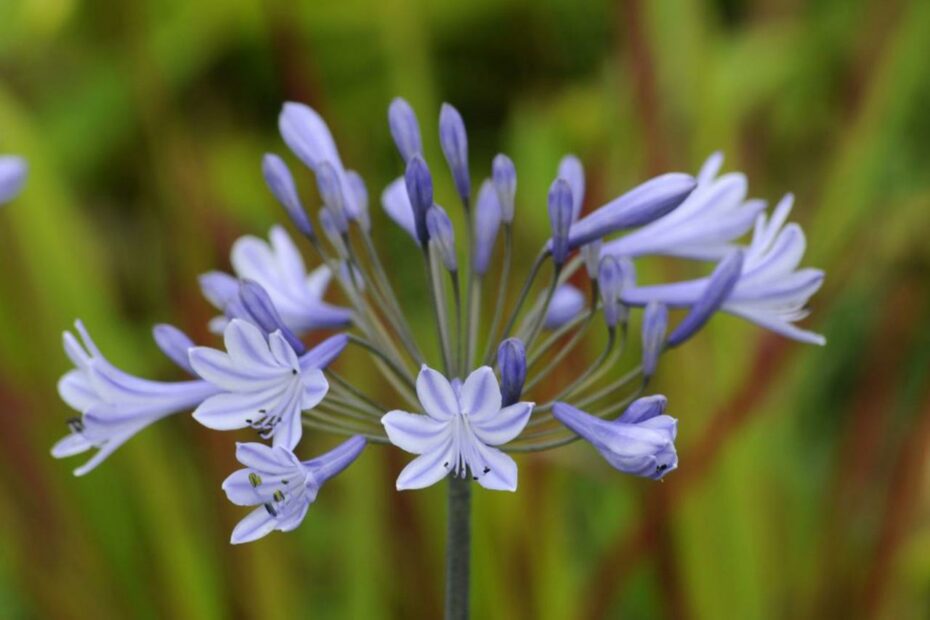Are Agapanthus Poisonous To Horses? All You Need To Know
TÓM TẮT
Ask The Vet – What Plants Are Toxic To Horses?
Keywords searched by users: Are agapanthus poisonous to horses are agapanthus poisonous to animals, is agapanthus poisonous to humans, is agapanthus poisonous to dogs, are agapanthus poisonous to chickens, is agapanthus poisonous to cats, are agapanthus poisonous to sheep, are agapanthus poisonous to touch, are agapanthus poisonous to goats
Is Agapanthus Toxic?
Is Agapanthus Toxic?
Agapanthus, commonly known as the Lily of the Nile, possesses toxic properties that pose a threat when consumed. The toxicity of Agapanthus primarily resides in its roots, which contain substances that can be harmful if ingested. This toxicity can have adverse effects on both humans and animals. Therefore, it is crucial to exercise caution and prevent accidental ingestion of any part of the Agapanthus plant, particularly its roots, to ensure the safety of individuals and pets.
What Is Poisonous For Horses?
Horses are vulnerable to various poisonous plants and trees. Some common examples of toxic trees for horses include yew, sycamore, oak, and laburnum. Additionally, certain shrubs like hedges, privet, laurel, and rhododendron can also pose a threat. To ensure the safety of your equine companions, it’s crucial to be able to identify these harmful plants, practice effective pasture management, and be aware of the signs that indicate poisoning in horses and ponies. By gaining knowledge about these potential hazards and their associated symptoms, you can better protect your horses from accidental ingestion of toxic substances.
Is The Lily Of The Nile Poisonous?
Are Agapanthus species, commonly known as the Lily of the Nile or African lily, poisonous? Yes, they are. These plants contain bitter-tasting toxins known as saponins, which are present throughout the entire plant, including its leaves, stems, and roots. Ingesting any part of this plant can result in gastrointestinal distress, leading to symptoms such as vomiting and hypersalivation, also known as drooling. It’s important to be cautious around these plants, especially if you have pets or small children, as accidental ingestion can lead to these uncomfortable and potentially harmful effects.



Categories: Details 41 Are Agapanthus Poisonous To Horses
See more here: buoitutrung.com

The rhizomes are poisonous to other mammals such as goats, horses, and cows. The leaves of agapanthus are palatable to horses and livestock and don’t seem to cause any issues. Chickens typically avoid agapanthus, but reports of chickens eating the leaves were not associated with any signs of toxicity.Agapanthus is harmful if ingested. Its roots are toxic.Poisonous trees also include yew, sycamore, oak and laburnum, and hedges, privet, laurel and rhododendron. It’s important you know how to recognise them, maintain good pasture management and know the signs of poisoning in horses and ponies.
- Prunus. The Prunus group of plants are commonly grown in Australia and include: apricots, cherries, peaches, plums, almonds and nectarines. …
- Paterson’s Curse. …
- Potatoes. …
- Tomatoes. …
- Avocado. …
- Oleander. …
- Red Maple. …
- Nightshades.
Learn more about the topic Are agapanthus poisonous to horses.
- Are Agapanthus Poisonous? – Plant Addicts
- Agapanthus praecox | BBC Gardeners World Magazine
- Poisonous Plants Horses Should Avoid – Blue Cross
- Elaine Is Toxic To Cats | Pet Poison Helpline
- Horses And Poisonous Plants – Greg Grant Saddlery
- How to Grow and Care for Agapanthus Flowers
See more: https://baannapleangthai.com/tech blog

